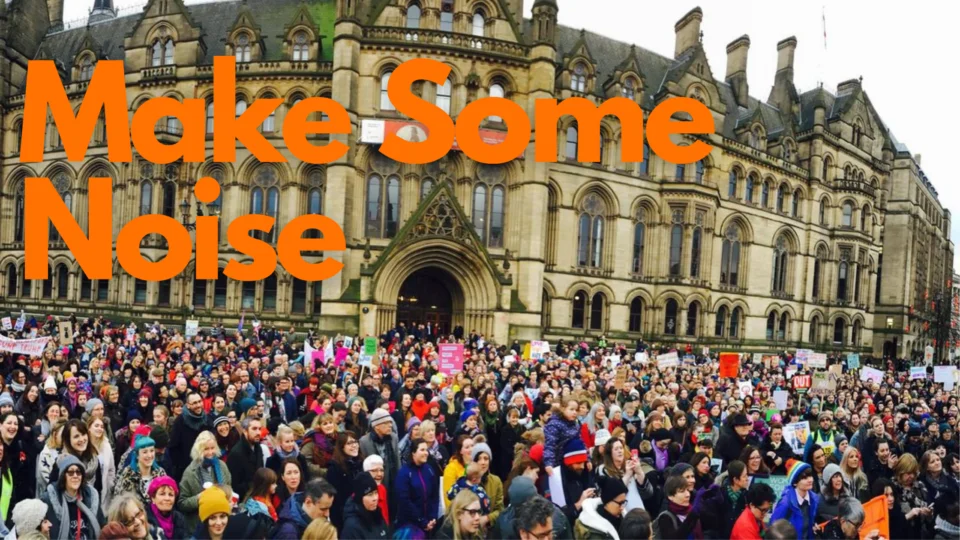

dBx Acoustics worked with Mulbury City and Tim Groom Architects on the £30m, 143 apartment Blossom Street development in Ancoats, Manchester.
Our involvement with the scheme began at the planning stage, working carefully with the architects on the detailed design of the facade and glazing to ensure traffic noise would not impact on residential amenity. We specified internal constructions to exceed the requirements of Approved Document E and worked with Futureserv to ensure the ventilation system noise is controlled internally and to the environment.
We carried out an acoustic modelling exercise of the communal residential lounge, rooftop kitchen and cinema room, to ensure the urban aesthetic of the design still presented a comfortable and usable aural environment for residents.
Finally, in late 2020 and early 2021, we carried out extensive pre-completion acoustic testing throughout both blocks to demonstrate that the required acoustic standards had been met throughout the development.

Please note – the Police, Crime, Sentencing and Courts Bill was enacted in 2022. You can read it here. I have added some commentary within this article to include notes on what actually made it into law.
You’d be forgiven if, at the moment, you’re trying to avoid the news. It’s all pretty grim reading. But today’s headlines include things such as “Government defends plans for noise limits at protests”, and “Silencing Black Lives Matter”, and that feels like a good moment for us to have a look at how any such restrictions could work acoustically – if they can work at all!
I promise, we’ll try to keep it light-hearted and not too political, but I will include links to the relevant background information for anyone who wants to delve a little more deeply into it.
This all comes from Part 3 of the recently published Police, Crime, Sentencing and Courts Bill which proposes amendments to existing legislation which I’ve attempted to summarise from a noise perspective here;
The conditions apply to protest marches, assemblies, and even “one-person protests”.
The legislation does provide a little bit of objective guidance to be taken into account when considering whether noise has a significant impact;
(Update: This became Section 78 and Section 79 of the legislation.)
Well, apart from the potential issues with free speech and civil liberties, I’m concerned that such woolly, subjective guidance genuinely means that the legislation may be unenforceable, or certainly subject to challenge in court from protestors and those organising protests.
In noise terms, how do we know whether a disturbance has occurred? How on earth do you define the ‘intensity’ of that impact? And where’s the line – is it ok to impact 9 people but not 10? Is it fine to protest for two hours but not for three? What about the time of day the protest occurs?
Can noise itself cause unease, alarm and distress? Perhaps it can, if you’re letting off explosions or the noise is otherwise startling. But the unease caused by what people are shouting, for example, arguably isn’t a noise issue.
As and when cases arising from the use of this part of the new legislation come to court, and I’m certain they will, finding a way to quantifiably assess noise impact is going to be crucial.
(Update: The definition of a significant impact remains subjective…)
There are already well-established noise standards which we use to assess how noise will impact both on peoples’ ability to carry out their jobs in various environments, and on peoples’ ability to rest and relax in their homes and gardens. These are based on various studies which look at productivity as well as physical and mental health impacts of noise, and we use them as a basis when we are designing homes or workplaces. These can be used as a baseline, but of course temporary level increases and changes in the nature of noise are tolerable – for example when there are roadworks or construction works, or for a few days when a music festival takes place.
We also need to consider where the noise impact is assessed; a protest in Parliament Square may be incredibly noisy on the ground but it’s not likely to be clearly audible or disruptive to people working behind the sealed, toughened glass of Portcullis House or any other modern office building.
Noise can only really be considered to ‘disrupt the activities of an organisation’ if it is at a level which stops it going about its normal business – so perhaps at a level where speech and telephone communication is significantly impaired, or if you’re protesting outside a hospital and the noise levels could disrupt patients’ rest, for example. Here the duration of the impact matters too – disrupting a corporation for a couple of hours is of course the point of a protest. Disrupting the rest of hospital patients would be unacceptable to most of us.
If you’re planning a protest, some suggestions to mitigate noise issues include;
This is an evolving issue, and whilst noise isn’t the only concern, the current lack of clarity around how this legislation will be used and implemented is something which we think needs to be challenged so that our lawful right to protest is protected. Ways in which dBx Acoustics might be able to help include;
We at dBx Acoustics are genuinely interested in how this might pan out, so if you are planning a lawful and Covid-safe protest in the Manchester or London area and wouldn’t mind someone coming along as an observer to measure noise levels (no charge!), please do contact us. Or if you’re interested in commissioning us to assess your proposals or support your legal case, we’ll be extending our charitable discount rates to working on these issues anywhere in the UK.